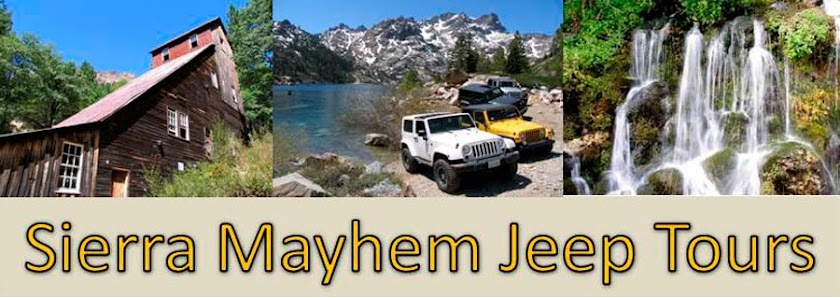During the winter months of January, February, and March, one of the unique methods used by the stage lines in the Sierras was to place snow-shoes on their horses. This practice started in 1865 as a way for the stage to travel the deep winter snows that covered the early trails from Marysville to Downieville without the need to wait for spring. This caused the dog-express to go out of business. Above is a picture of a snow-shoe team in action pulling a sled out of Forest City, Ca in the winter with a hotel in the background.
As described in a New York Times article dated January 12th,1874, the snow-shoes were made of malleable iron squares, nine by nine inches with rubber riveted to the bottom of the plate to prevent snow build up. On the other side of the plate a common sized horse shoe with a sharp heel and toe with the corks set through holes in the center of the plate with rivets or screws. The snow- shoe is fastened to the horse by a clasp with swivel screw holding the riveted horse shoe tightly under the hoof of the horse. The shoes were custom fit for each sized hoof and a team of four horses would take a man two hours to put the shoes on. Earlier shoes were also made of square wooden paltes as shown in the photo above, but were later abandoned due to the snow build up on the wood.








